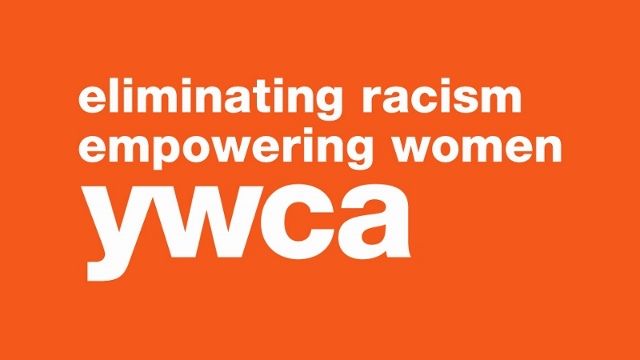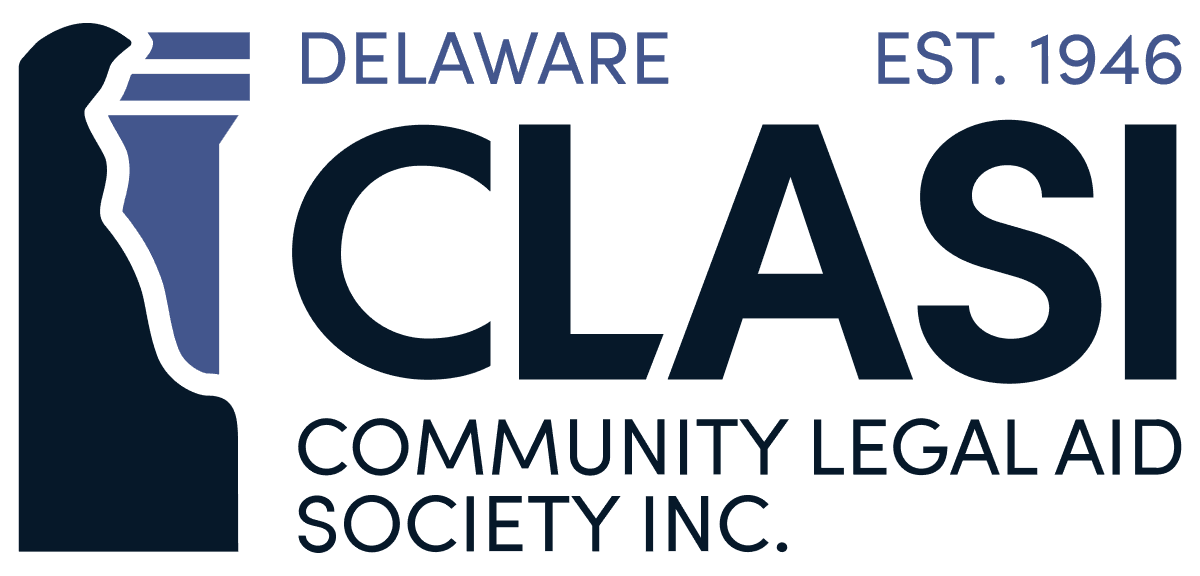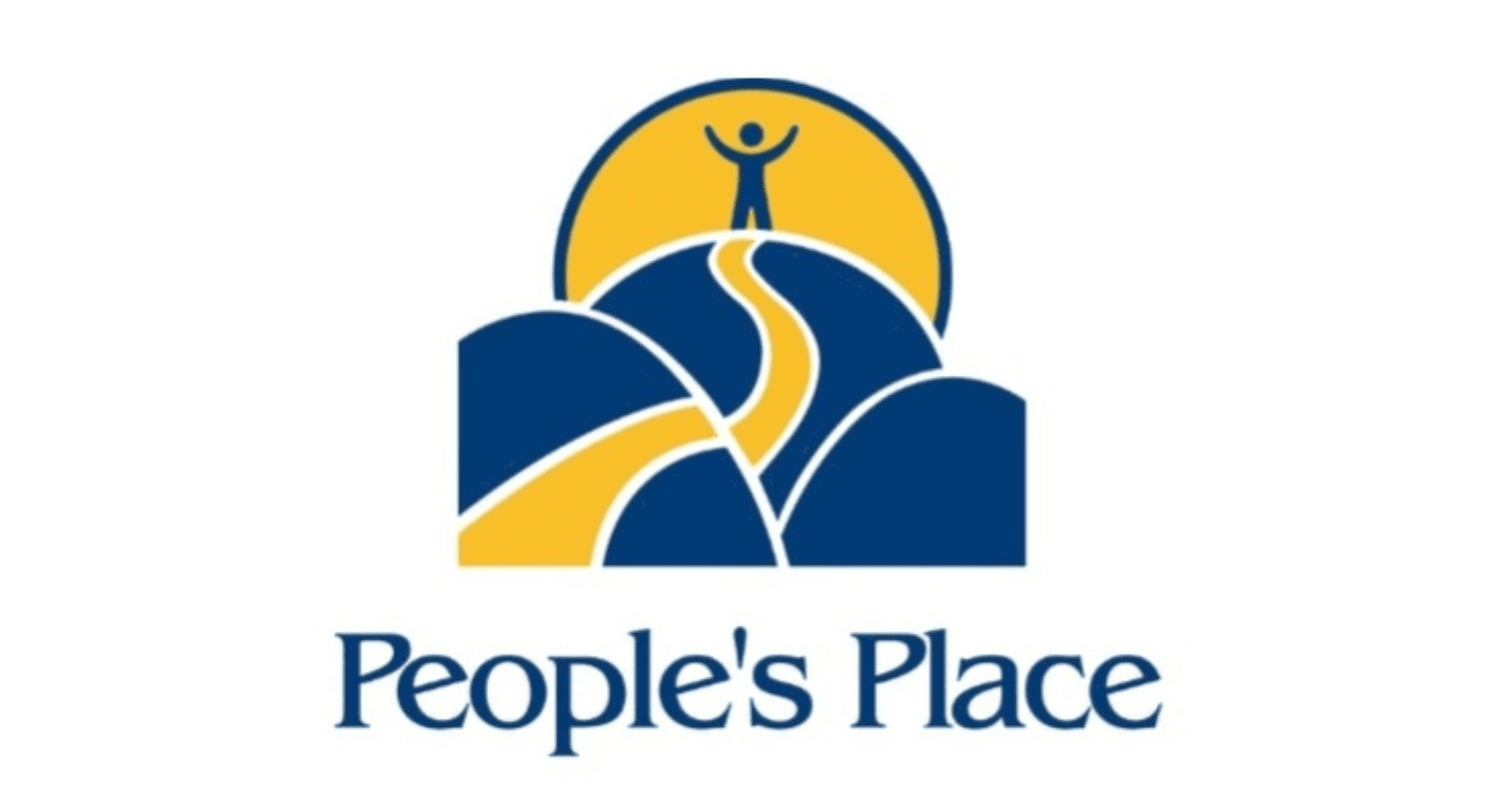Reproductive Freedoms in America
Cierra Bryant, Prevention Policy Specialist and Brooke Ophardt, Training & Prevention Specialist
July 2020
In the United States, the month of July is often spent recognizing America’s journey in fighting for its freedom from England. Cookouts, parades, and fireworks are common methods of celebration across the country. It is also important to recognize what freedoms many Americans have not been afforded throughout history, especially around bodily autonomy and reproduction.
Reproductive Violence Against People throughout History
Reproductive violence in this country began right at its conception. Enslaved Black people in America faced sexual abuse and violence in many ways that stripped them of their reproductive freedoms.[i] Enslaved women were assaulted by the landowners and forced to bear children that would also be enslaved at the time of their birth. This meant the landowners could do whatever they wanted with that child, whether it was to raise them as another enslaved person or to sell them at the next auction. Enslaved people who were seen as having “desirable traits” (typically characterized by strength and ability to work) were also selected by white plantation owners to reproduce (by force) to create bigger, stronger children to sell or enslave.
Additionally, in the 19th century, James Marion Sims has often been credited as being the “father of modern gynecology,” despite his inhumane treatment of Black women.[ii] Sims experimented and operated on Black women who were enslaved without their consent and did not use any sort of anesthesia. One woman, Lucy, was forced to endure these procedures and nearly died, yet Sims continued with the operation and experimentation. It is estimated that Sims experimented on nearly 30 Black enslaved women without their consent.[iii]
At the turn of the 20th century, Margaret Sanger was a strong proponent for the creation and distribution of birth control to women of reproductive age. She held the belief that women should be in control of their reproductive health due to the struggles and untimely death her mother experienced.[iv] However, she also believed that the practice of eugenics against people with physical and mental disabilities would lead to a healthier human race and advocated for sterilization of groups of people with “undesirable traits.” [v]
During the same time of Sanger’s work, a study being conducted on Black men in Alabama was just beginning named the Tuskegee Project. During this project, approximately two-thirds of the participants were unknowingly infected with syphilis and were left purposely untreated during the 40-year timeline so researchers could study the effects of the disease. [vi] While this was happening to Black men in Alabama, a similar study affecting women’s reproductive health was being conducted on the island of Puerto Rico. In the middle of the 1950’s, women in Puerto Rico were used as test subjects without their consent in a study to measure the effectiveness and side effects of the birth control pill.[vii]
What they found is that while the pill was effective in preventing pregnancies, its side effects of nausea and dizziness were heavily reported. What was not reported in the study was the number of deaths attributed to blood clots or other side effects, since those numbers were not tracked in Puerto Rico. But they were noted when the pill became available in America for distribution in 1962. [viii] Only when white American women began dying from the complications of the pill’s side effects did the issue become recognized and addressed by the manufacturer.
Current Issues with Access to Reproductive Healthcare/Reproductive Coercion
One form of bodily oppression that has occurred for many generations is reproductive coercion. This type of oppression is commonly encountered by victims of intimate partner violence and sexual violence. Reproductive coercion is defined as an individual controlling the reproductive outcomes of another by dictating decisions on all matters related to the other’s reproductive system. This may include dictating whether the partner uses any form of contraception through power control or by sabotaging the contraception so it is no longer effective, an action that can lead to unwanted pregnancies among one of the partners.[ix]
Healthcare providers have a major role to play in supporting patients that experience reproductive coercion. It is imperative that providers are skilled at recognizing the signs of reproductive coercion that will enable them to carefully screen every patient they encounter. Providers have a crucial role in providing accurate education that will empower patients to regain control over their reproductive rights. Finally, if feasible, healthcare providers should offer clients contraceptives that are not visible and do not have the potential to be sabotaged or removed by partners – methods such as intrauterine devices and injectable contraceptives.[x]
It is important to recognize that not all folks experiencing reproductive coercion have access to health care that can support them with gaining control of their reproductive freedom. Many individuals encounter several barriers when it comes to seeking reproductive health care. Such barriers can include lack of health insurance to support the cost of care, Medicaid care limitations, religious views that forbid seeking reproductive care, lack of transportation to care, and finally, control from a partner that prevents a woman from seeking care.[xi] The COVID-19 pandemic has heighted many of these barriers which has made it even more difficult for individuals to receive reproductive care. [xii]
As we move forward into this new decade, it is important to set goals and feasible plans for how we can address reproductive coercion and lack of access to reproductive care at a system level.
Regardless of the role we take on in our daily lives, as the July celebration of a free America comes to an end, we can take this time to reflect of the lack of freedoms certain populations continue to face in 2020. We can think about how we may use our privileges to push for the freedom for others. Changes to reproductive coercion begin with education, policy change, awareness, and preventative tactics. We can find our lane and be the change.
Sources
- [i] http://nationalhumanitiescenter.org/pds/maai/enslavement/text6/masterslavesexualabuse.pdf
- [ii] https://jme.bmj.com/content/medethics/19/1/28.full.pdf
- [iii] Ibid.
- [iv] https://www.biography.com/activist/margaret-sanger
- [v] https://www.washingtonpost.com/history/2020/07/21/margaret-sanger-planned-parenthood-eugenics/
- [vi] https://www.history.com/news/the-infamous-40-year-tuskegee-study
- [vii] https://www.washingtonpost.com/news/retropolis/wp/2017/05/09/guinea-pigs-or-pioneers-how-puerto-rican-women-were-used-to-test-the-birth-control-pill/
- [viii] Ibid.
- [ix] Miller, E., Jordan, B., Levenson, R., & Silverman, J. G. (2010). Reproductive coercion: connecting the dots between partner violence and unintended pregnancy. Contraception, 81(6), 457-459.
- [x] Ibid.
- [xi] https://www.healthypeople.gov/2020/leading-health-indicators/2020-lhi-topics/Access-to-Health-Services
- [xii] https://www.guttmacher.org/article/2020/05/ten-things-state-policymakers-can-do-protect-access-reproductive-health-care-during




